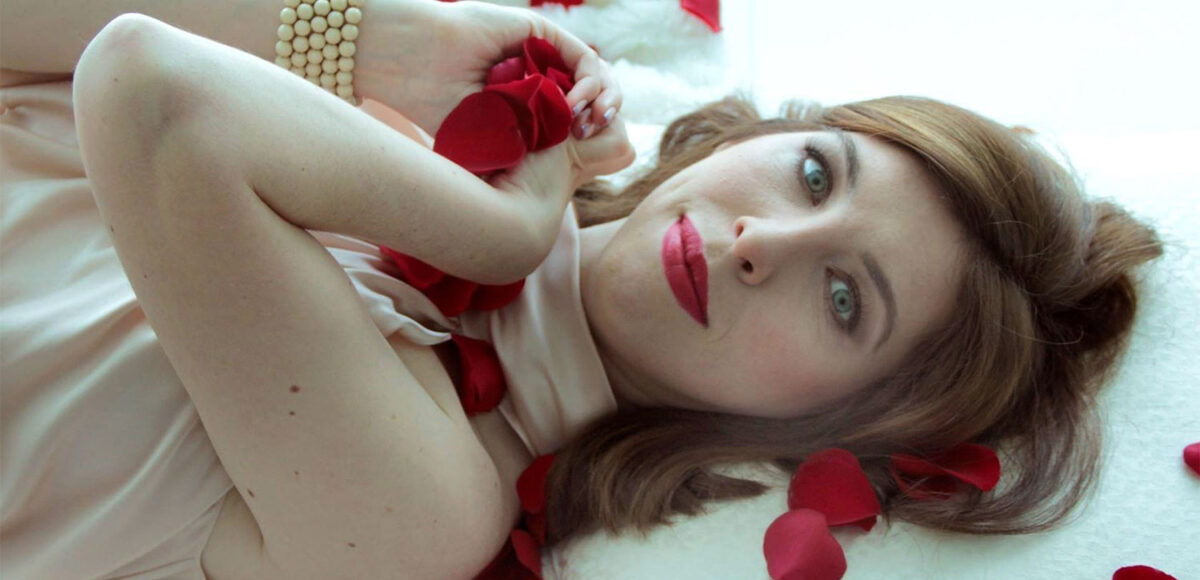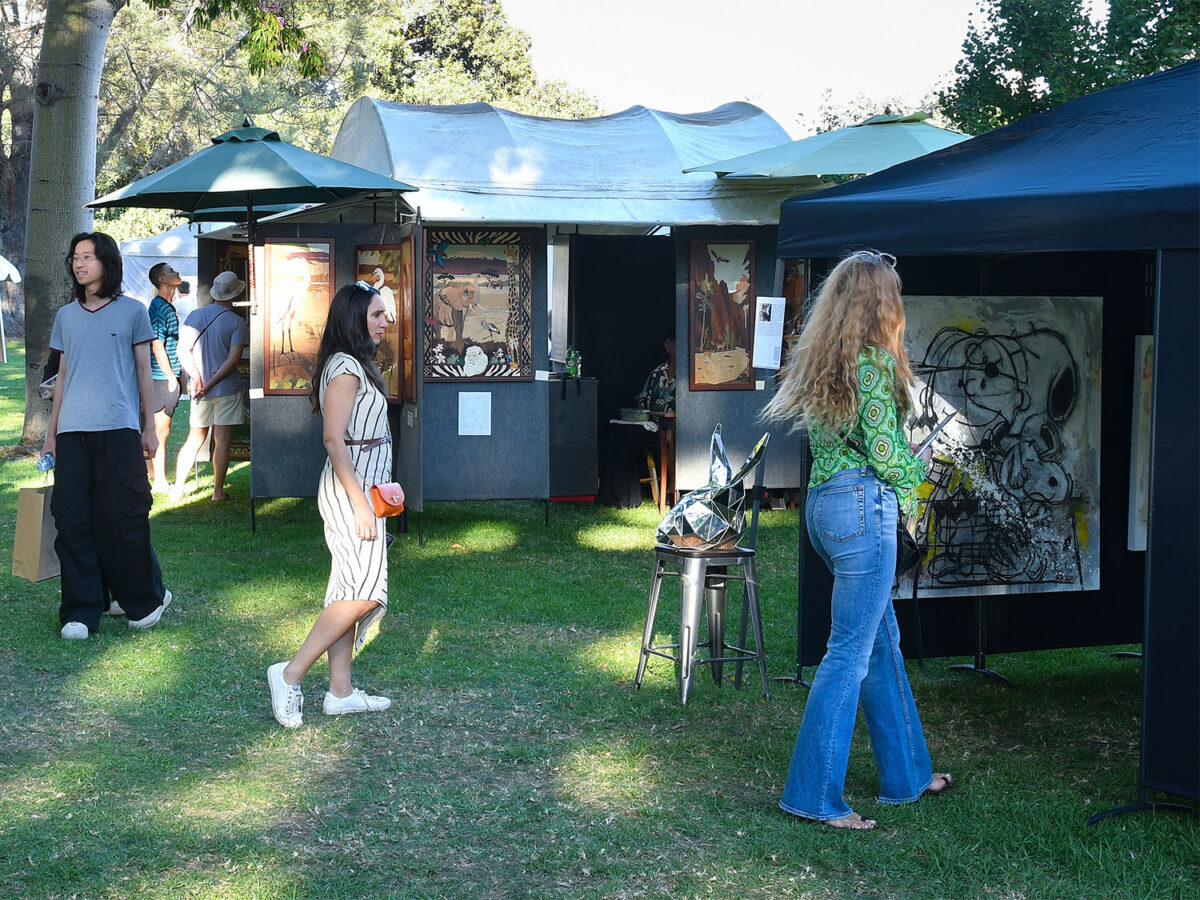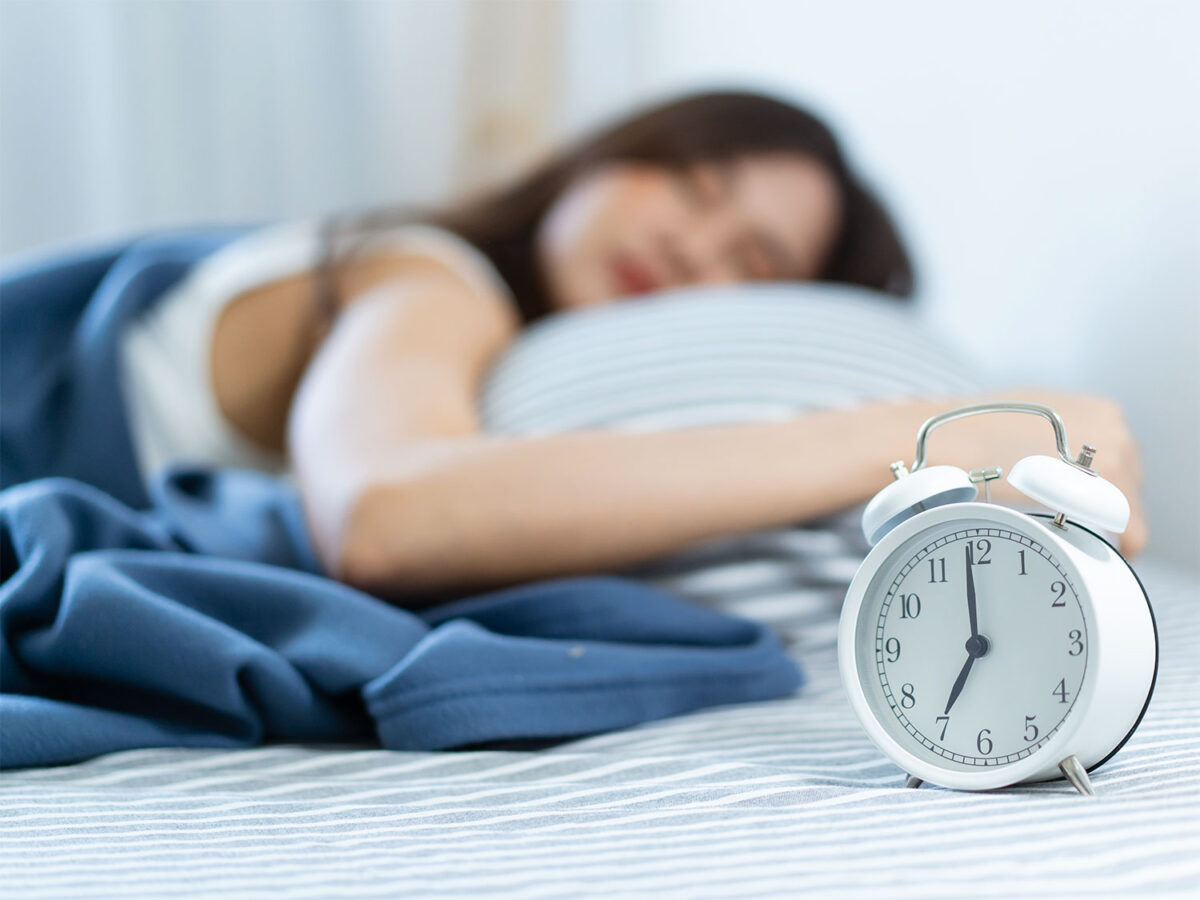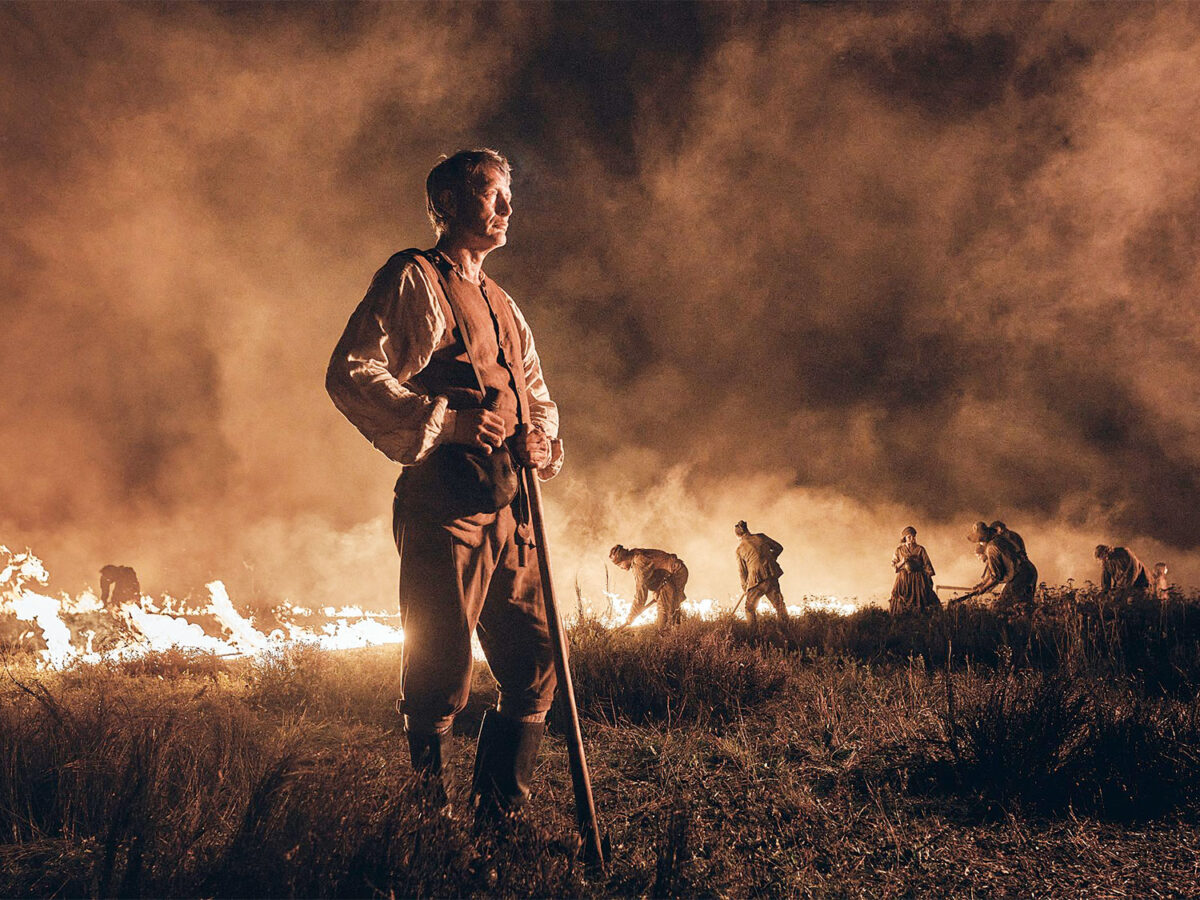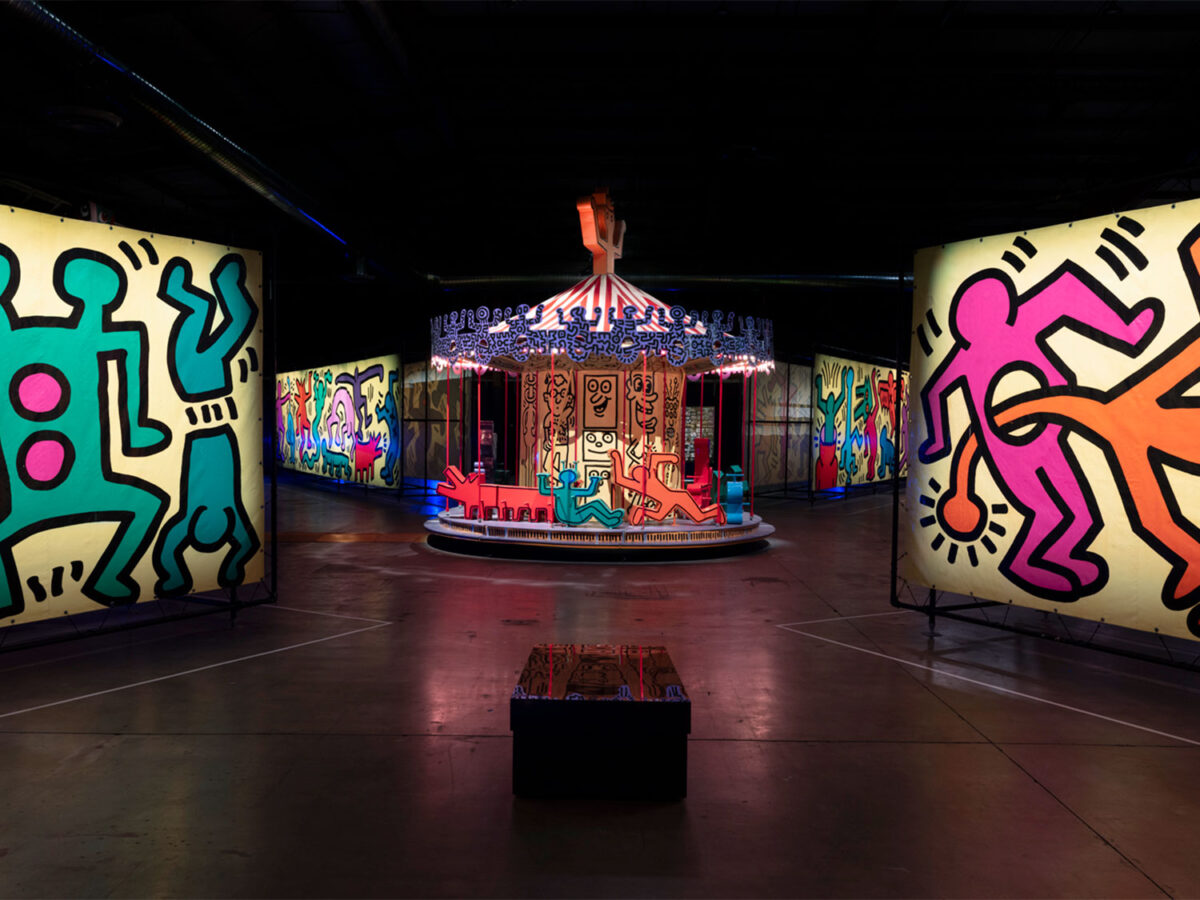In recent articles, we have been discussing the power of our innate beauty receptors that are triggered by the likes of the “Barbie” movie and Taylor Swift. We are designed to look for a certain type of beauty because it kept our ancestors alive. Our innate beauty receptors get triggered when we see women who are optimally fit and fertile. Giving birth and raising children to adulthood was a herculean task for previous generations. Those who were wired to find the healthiest mate survived and passed their genes on to us. Taylor Swift and “Barbie” trigger those receptors, and it is natural for us to be drawn to them. Triggering those receptors releases dopamine in the brain and we experience pleasure using the same pathway as when having sex, making money, or using cocaine.
We also discussed in a past article, that Martha Stewart invites us to see beauty in unexpected places as she graced the cover of Sports Illustrated in a swimsuit at age 81. I call these evolved beauty receptors, and I think of them as the brain’s software. The more we train ourselves through exposure to see beauty beyond our innate programming, the more beauty we can see in the world.
When we aren’t exposed to beauty in new places, we don’t grow. Hence, the recent study released by USC Communications Professor Stacy L. Smith and her team is quite concerning. They assessed the most popular films released since 2007 for diversity and inclusion. As a disability rights activist and mother of a daughter with a visible disability, I was particularly disappointed to see that a mere 1.9% of speaking characters in 2022 movies were shown with a disability. According to their report, 27% of the U.S. population has a disability and only one film in 800 examined reached that level of representation. Moreover, in 800 films over an 8-year time frame, there was no meaningful difference in the number of speaking characters with a disability. Clearly, there is much work to be done.
In 2015, Shelly Baer and I co-founded the Bold Beauty Project to help change the way women with disabilities see themselves and are portrayed in the arts. We pair women with varying disabilities with volunteer photographers, and they work collaboratively to create an image that allows each woman to feel her most bold and beautiful. Each image is presented along with a brief biography. We have held exhibitions in various cities across the U.S. and in Panama. Our motto is “DISABILITY becomes BEAUTY becomes ART becomes CHANGE.”
Along with Disability Rights Now (https://www.disabilityrightsnow.com), Bold Beauty Project is hosting its first Los Angeles show Sept. 30 with a reception from 2-6 p.m. at the art room in DTLA, 908 South Olive Street. The event is free, and we invite you to come meet these 20 remarkable women and gracious photographers and expand your capacity to see beauty in places you might otherwise have overlooked. The exhibition will remain on view through Oct. 7 and subsequently online at
www.boldbeautyproject.com.



